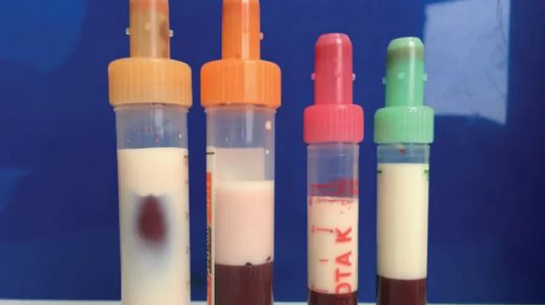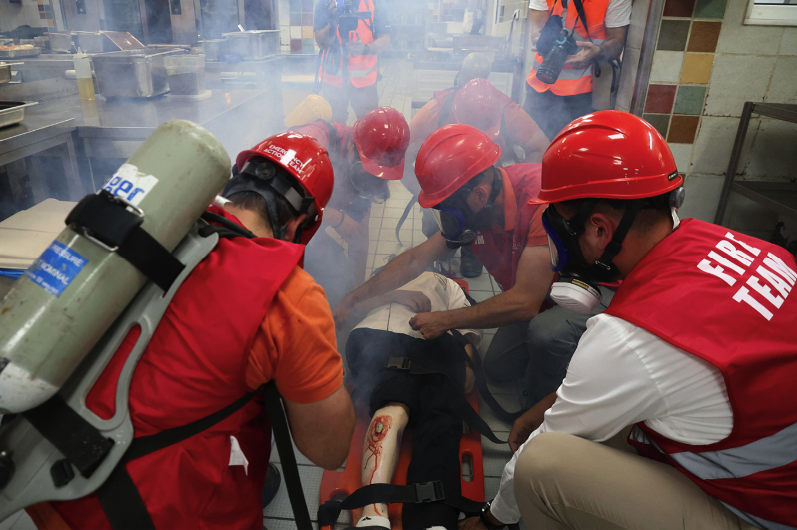A man’s blood was so thick with fat, his doctors needed to manually draw blood — a practice known as bloodletting — to help save his life, according to a new report of the unusual case.
The 39-year-old man had gone to the emergency room after experiencing nausea, vomiting, headaches and decreased alertness. He had diabetes, and was on several drugs to treat the condition, but wasn’t taking these medications regularly, according to the case report, published today (Feb. 25) in the journal Annals of Internal Medicine.
In the hospital, the man lost consciousness and needed a breathing tube inserted to help him breathe.
Tests revealed that the man had extraordinarily high levels of triglycerides, a type of fat, in his blood. Triglyceride levels below 150 milligrams per deciliter (mg/dL) are considered normal, according to the National Institutes of Health (NIH), and levels above 500 mg/dL are considered “very high.” The man’s triglyceride levels, however, clocked at in at more than 14,000 mg/dL.
The triglycerides levels were so high that the man’s blood took on a milky color, said case report co-authors Dr. Philipp Koehler and Dr. Matthias Kochanek, of the University Hospital of Cologne in Germany, who treated the patient.
Such high levels of triglycerides can cause inflammation of the pancreas, or pancreatitis, a potentially serious condition. Indeed, tests showed the man had elevated levels of pancreatic enzymes, which can be a sign of this condition.
Tests also revealed that the man had diabetic ketoacidosis — a potentially life-threatening complication of diabetes that occurs when the body breaks down fat at a rapid rate, which leads to a buildup of acids in the blood called ketones, according to the NIH. Ketoacidosis happens because the body doesn’t produce enough insulin, a hormone that helps sugar, or glucose, get into cells so that the sugar can be used as fuel. (Without glucose, the body turns to fat as fuel.) It’s treated, in part, with infusions of insulin into the veins.
source: livescience.com





































